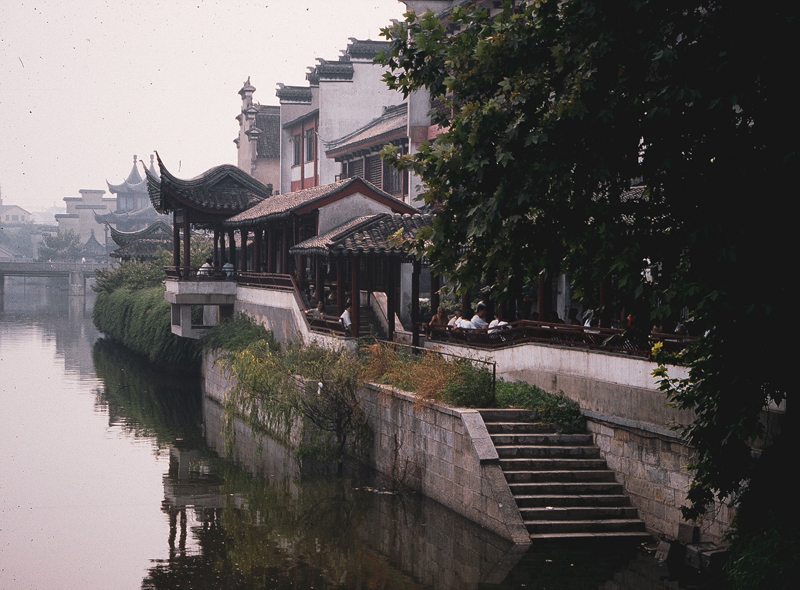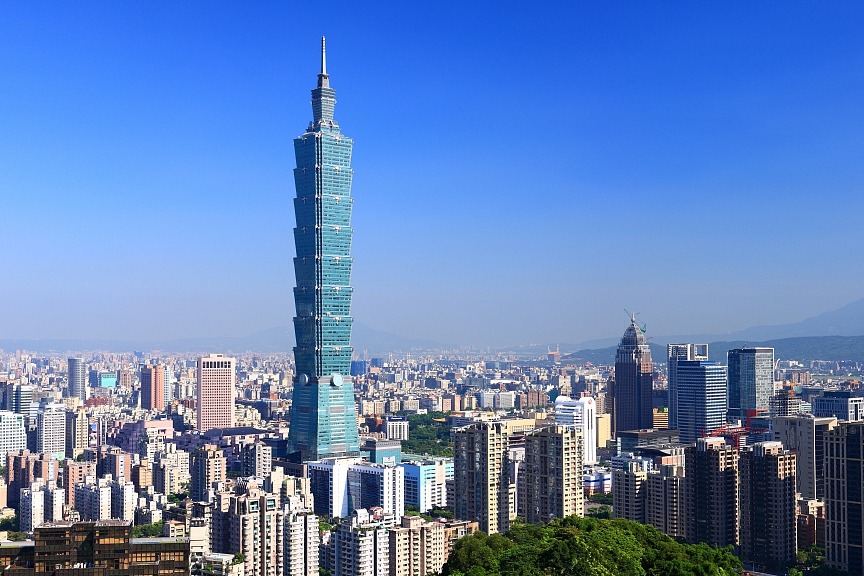Nanjing retains its history, charm in modern era


A public bus carried me along Zhongshan Bei Lu to Xuanwu Lake Park, another of the city's delights that once was an imperial garden. It is the only preserved royal garden south of the Yangtze River. Located within the old city walls, it surrounds a large lake where five islands are interconnected by arched bridges..I sat at a cafe over a cold drink thinking how the city's extensive parks created a relaxed, peaceful feeling.
Tourism, particularly domestic, was just starting to grow in 1996. One area being developed was Fuzimiao alongside the Qinhuai River. Long before its contemporary commercial feel, this was where an imperial university dating from the Jin dynasty (265-420 AD) stood alongside a Confucian temple. The largest imperial examination halls during the Ming and Qing periods were located there. Remnants of the tiny "cells" where students studied Confucian classics before the examinations can still be viewed. Within Fuzimiao, buildings overlooking the river had been restored in traditional architectural style offering riverside cafe and dining experiences.
It was almost time to leave Nanjing, but first I made a final trip to my cafe haunt near the university for some of that great mixture of Chinese, Asian and Western food I enjoyed so much. Blue Velvet was again playing.
Three days later back in Glasgow, I was meeting friends to chat about the many recent China moments. In mid-conversation I stopped, quietly smiling. "Bruce", I was asked, "what is wrong?" The background music was Blue Velvet. "Sorry," I replied, "for a moment I thought I was still in Nanjing!"


































